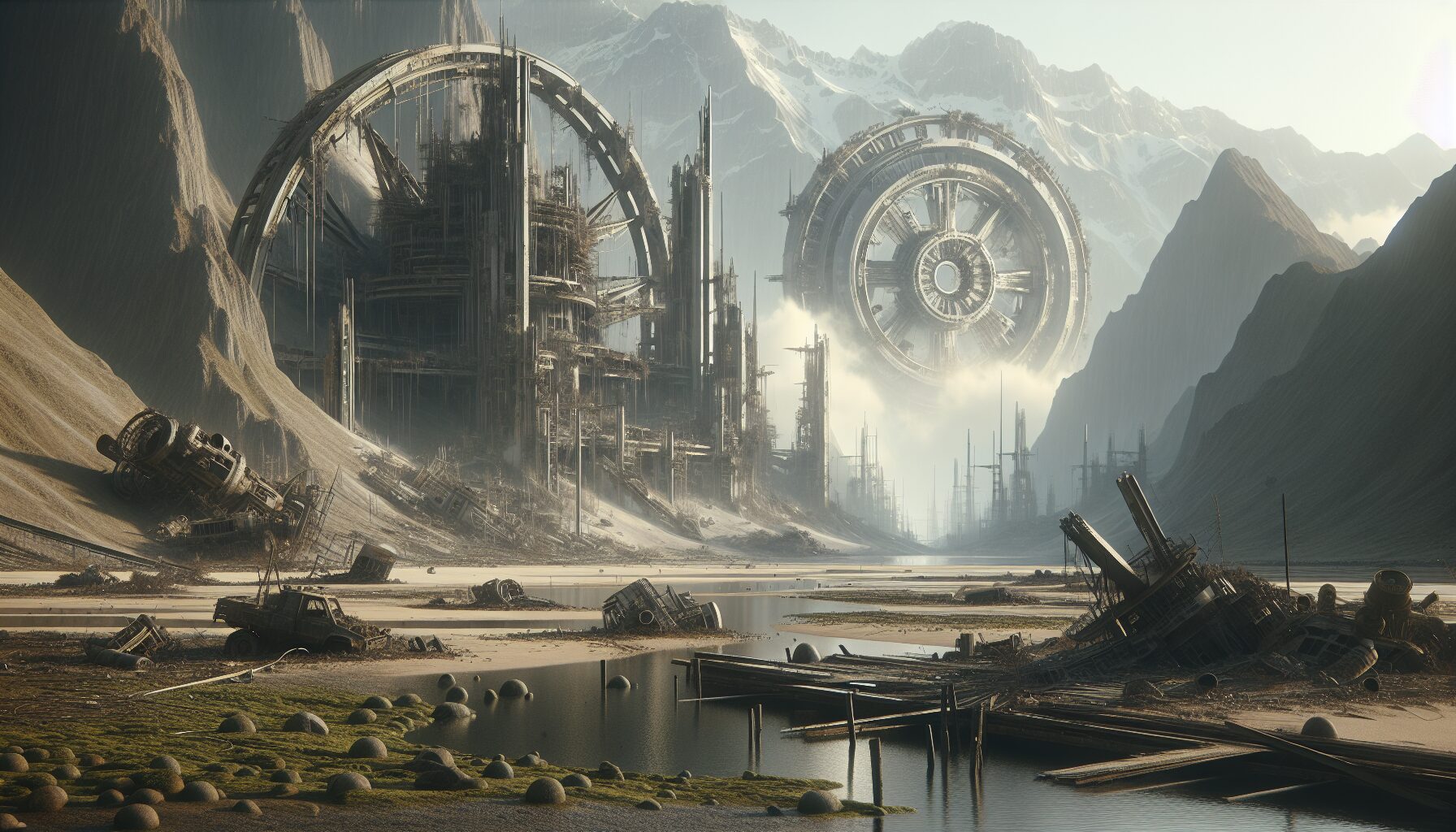In contemporary discussions about the future, decay is often relegated to mere entropy—a force of destruction to be staved off. Yet, advancing beyond this narrow view can unlock a new dimension of understanding our place in the universe. Necrotic Horizons, a concept embracing decay, challenges us to envision a future shaped by transformation and rebirth through decomposition.
“Decay is the basis of growth; it is the precursor to renewal,” writes environmental philosopher Timothy Morton in his acclaimed work, Dark Ecology.
Morton’s insights suggest that embracing decay might be crucial in rethinking our relationship with the environment. Post-humanist philosophies echo this sentiment, urging an ecological sensibility that respects natural cycles of death and rebirth. As ecosystems continually reshape through demise and renewal, so too must human societies adapt to embrace ecological balance.
The Beauty of Rot: Nature’s Palette
Art and literature have long explored themes of decay. These themes not only evoke the intrinsic beauty found in decomposition but also offer rich metaphors for social and cultural evolution. In the words of literary critic Walter Benjamin from his seminal work, Theses on the Philosophy of History:
“To articulate what is past does not mean to recognize ‘how it really was.’ It means to take control of a memory, as it flashes in a moment of danger.”
From the ruins of ancient civilizations to the natural erosion that shapes breathtaking landscapes, decay forms a key aspect of historical narrative and personal reflection. An artistic portrayal of decay can reveal truths about the resilience and adaptability of both natural and human worlds.
Rethinking Urban Landscapes
Urban planners and architects are increasingly integrating principles of decay into design practices. Emphasizing sustainable, adaptive reuse of structures acknowledges that the lifespans of buildings mirror those of their organic counterparts. In an era marked by impermanence, cities are seen not as static constructs but as living entities capable of evolving.
- Biophilic Design: Integrating nature into urban spaces fosters an environmentally regenerative approach.
- Circular Construction: Utilizing waste materials in urban development reduces environmental footprints.
Organizations like The Congress for the New Urbanism advocate for planning strategies that emphasize these principles, aligning urban development with the natural rhythms of decay and regeneration.
The allure of necrotic horizons is not in their grim inevitability but in their promise of growth through decay. By embracing the transformative power of decay, humanity can envision utopias that redefine sustainability, embrace resilience, and foster a more harmonious existence with the world.

Comments